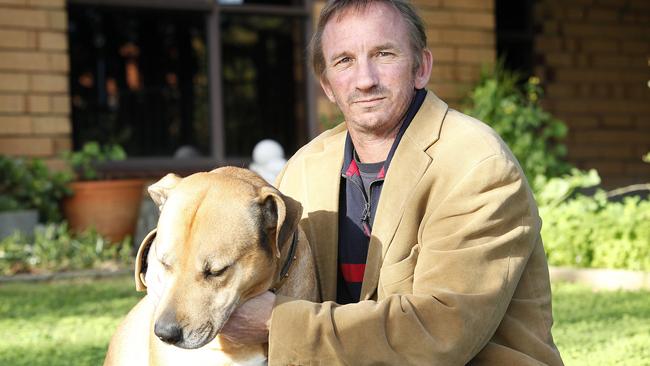Beverley residents refuse Environment Protection Authority offer to evacuate over possible poison vapour in homes
FOUR households in Beverley have refused temporary evacuation assistance from possible poison vapour — the same chemical vapour that triggered evacuations of 31 homes at Clovelly Park last year.

SA News
Don't miss out on the headlines from SA News. Followed categories will be added to My News.
- Clovelly Park toxic scare spreads to Mitchell Park
- Weatherill apologises for contamination inaction
- New health scare at Clovelly Park
FOUR Beverley households offered temporary evacuation from a potentially poisonous chemical vapour — the same vapour that triggered evacuation of 31 Clovelly Park homes last year — will know the extent of contamination inside their homes within a week.
If it is as high as vapour levels detected beneath their concrete slabs, Environmental Protection Authority officials expect the families will have to move.
All four have declined the offer to shift while testing inside their homes, which started on Monday, takes place.
Testing in Beverley has narrowed down the initial investigation zone of more than 3000 properties to 35 properties in three clusters east and west of Pope St.

Results of the latest assessment in these clusters found higher-than-expected levels of soil vapour, although lower-than-expected levels of contaminated groundwater.
Factors affecting vapour levels concentrating inside the privately owned homes include construction materials and ventilation.
The EPA is testing for the trichloroethene (TCE), used as a chemical solvent and routinely dumped in the past, leaching into groundwater. Officials say hundreds of small businesses in the area operating over the past 80 years may have used it, which means it is unlikely the definitive source will be identified.
EPA Science, Assessment and Planning director Peter Dolan said the offer to relocate the families temporarily was a precaution until more data was collected.
“The residents of all four properties are satisfied with the progress of the environmental tests and have declined an offer of temporary accommodation while this work continues,” he said.
“We don’t yet know what the levels inside the homes are — if the levels (under the slabs) are translated (inside the homes) it means we believe they should move.”
SA Health chief medical officer Professor Paddy Phillips said in extreme cases TCE can cause coma and unconsciousness, although this would require directly inhaling heavy concentrations.
Long-term exposure has been linked to cancers.
“We can’t give a definite recommendation about whether they should stay or go,” he said. “The advice was precautionary because of the uncertainty about what is happening in their houses.”
Asked if he would stay if he lived in one of the homes, Prof Phillips said: “I would probably be staying put.”
Results of the latest testing were due in August but EPA officials now expect results to be available in the week beginning September 21.
Further testing using bores for groundwater and sensor equipment for vapour will be undertaken.
Residents in the wider investigation zone have been advised not to use bore water on vegetable gardens.
EPA officials were unable to say at this stage whether they expect any other residents to face possible evacuation.





